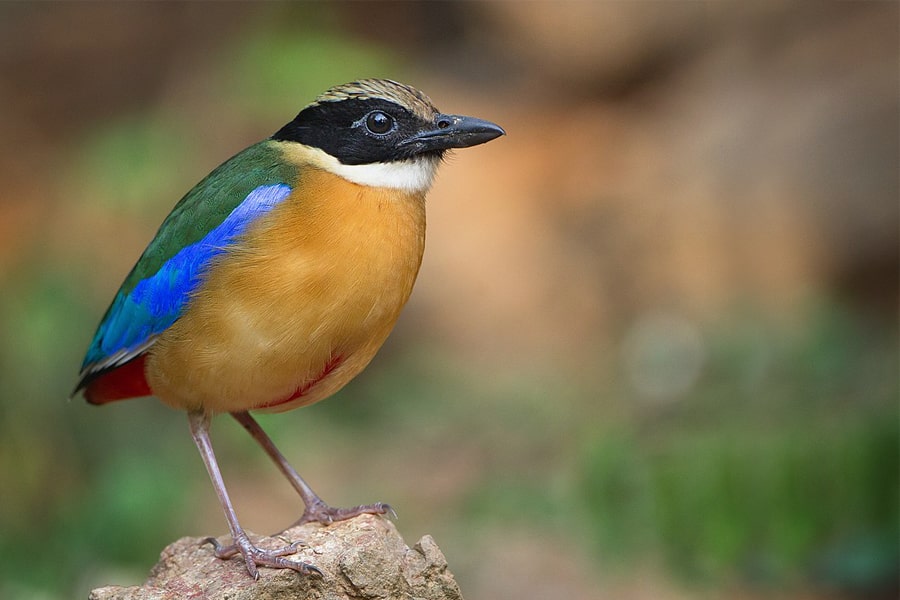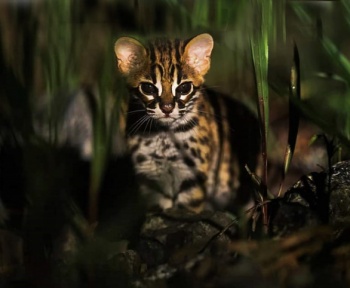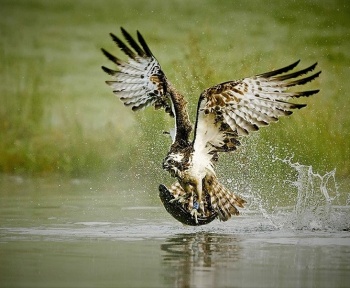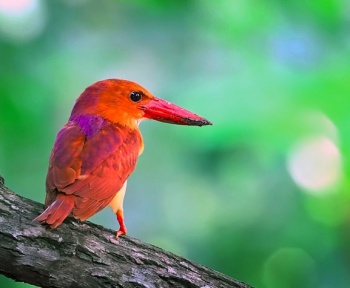The Sundarban is considered to be one of the largest delta in the world. It is the magic of the backwater and tidal phenomenon which forms the base for the diverse habitat including thousands of aquatic, terrestrial, and amphibian species. Sundarban shelters various categories of both migratory and non-migratory birds. The rich biodiversity of Sundarban makes it a perfect destination for Wildlife Holidays and Bird Watching Tours. If you appreciate capturing beautiful moments of nature or appreciate being surrounded by animals Sundarban Wildlife Photography Tour is just your forte.
Sundarban is celebrated for the wide variety of birds available there, it is considered to be a heaven on earth for admirers of nature, so if you are one of them just tune your soul for a soul-satisfying trip to Sundarban where you will have plenty of elements to quench your thirst for Birdlife Photography.
Mangrove Pitta –
It cannot be all about mangrove forest and not the Mangrove Pitta! For bird admirers, it is a terrible loss to let go of a glimpse of this bird.
The scientific name of this bird is Pitta megarhyncha which comes from rhynchos which means beak and mega meaning big. It is a passerine bird that belongs to a family of super-species, where it is kept with Indian pitta. It is found throughout the year in Sundarban. If fortunate enough, in winter times, it can be seen often. It can be found in the islands of Sudhanyakhali, Pirkhali 3, Sarakkhali 1, Netidhopani and Bali in Sundarban.
Colour description of Mangrove Pitta–
It is a wonderfully detailed, colorful bird with a black head and brown crown. It possesses a white throat. The upperparts are greenish, while the underparts are buff colored with a reddish vent area.
The juveniles carry mono-patterned dull plumage while in the adults the plumages are brighter. It is generally considered to one of the most elegant birds of our continent and yet it is underappreciated because of its rare sights.
Behavioral Specificity –
This species of bird is non-migratory resident birds. Mostly they prefer staying in the same place. Only the juveniles move out post-breeding and get dispersed into different locations still within a constrained area.
Feeding and Breeding are the most usual reasons for their locomotion. This species is most suitably adapted to regions of dense mangrove existence. Tropical, Sub-tropical mangrove forests, wetlands, rivers, coastal marshlands, streams, creeks, and estuaries are mostly preferred by this species.
They are very difficult to spot and thus studying them has been quite a matter of difficulty. Belonging to the class of passerine birds, they have three toes pointing forward and one pointing backward. This arrangement of toes enables perching.
There are very negligible or no differences at all between the male and female birds. Its crab smashing bill departmentalizes it from the other pittas.
Call –
They have a typical Wieuw Wieuw sound which they make from the top of a high branch of mangrove trees. It takes a great fortune to be able to hear that sound. The call of this species creates an impending resonating ambiance through the dense mangrove trees.
It is believed that they are generally vocal during their breeding season. Mating calls are quite often heard during breeding seasons. It is famous for its throaty and two parted whistles.
Distribution –
The mangrove pitta traces its native origin to countries of Bangladesh, India, Indonesia, Singapore, and the Western coast of the southern Thai peninsula.
Its distribution is generally constrained to subtropical and tropical mangrove forests. It is found in the Sundarban region of the Indian subcontinent, where they are found quite in plenty numbers.
They are also found in Bhatirkanika National Park in Odisha and regions of Andhra Pradesh.
Mating Time –
The breeding season of this species ranges from April to August in Sundarban.
Southeast Asian variety of this species breeds from April to June. Like many other birds, these birds are monogamous.
Not much information is available on their mating pattern because spotting this elusive species is immensely rare.
Nesting –
Both of the pair actively build up their nest, take part in the incubation of eggs, and nurtures the chicks responsibly.
The nest is made of dry sticks, dead leaves, coconut fibers, and hay on a higher location from the forest floor. The nest is traditionally dome-shaped. The additional perks of this nest are its side entrances.
The female bird lays 4-5 eggs of pale color. Approximately after two weeks the chicks finally hatch.
Feed –
It primarily feeds on crustaceans, a variety of insects, and mollusks. It is known to have a great affinity for ants, earthworms, snails, and several other insects.
As they preferably dwell on wetlands and riversides, they are quite fond of frogs, snakes, and other amphibians.
Mangroves are needed to be preserved not only for their tremendously rich biodiversity worth but also because it’s a place of dwelling of the mangrove pitta bird species which are alarmingly becoming less in numbers.
This species has been categorized as ‘Near Threatened’ by the Birdlife International Red Data Book.
Sundarban needs to be supported to be preserved. We need to preserve this heritage of ours. Ecotourism has always been a huge part of Sundarban since ages.
Sundarban Wildlife Photography Tour and Bird Watching Tours are mostly conducted via the local people who need to be supported to catalyze the preservation process of the region. Further, mangrove pittas are rare in sight and till now very few studies on them are available.
Birdlife Photography will probably be the best thing for you if you want to be involved in this adventurous process of studying the rare bird closely.
Sundarban Wildlife Tours can be rated as one of the best Wildlife Safaris in India. So better turn your normal boring holidays into a crazy Wildlife Holiday and tune yourself to the rhythm of wild and rustic nature.




